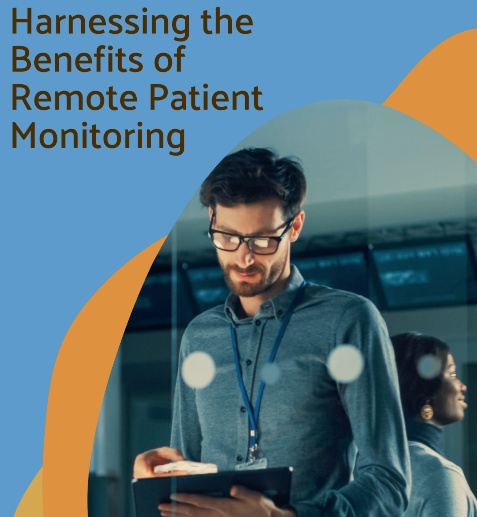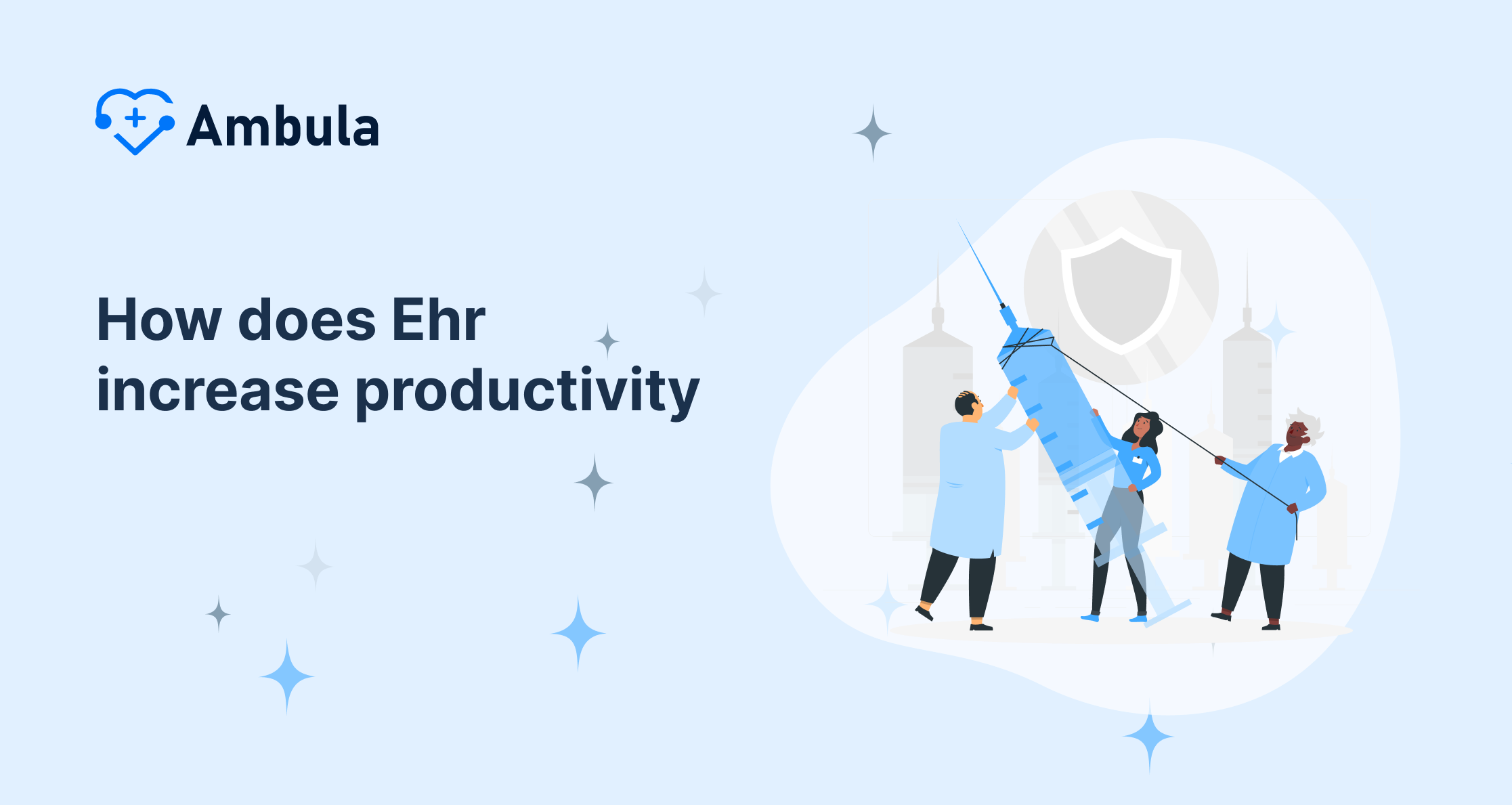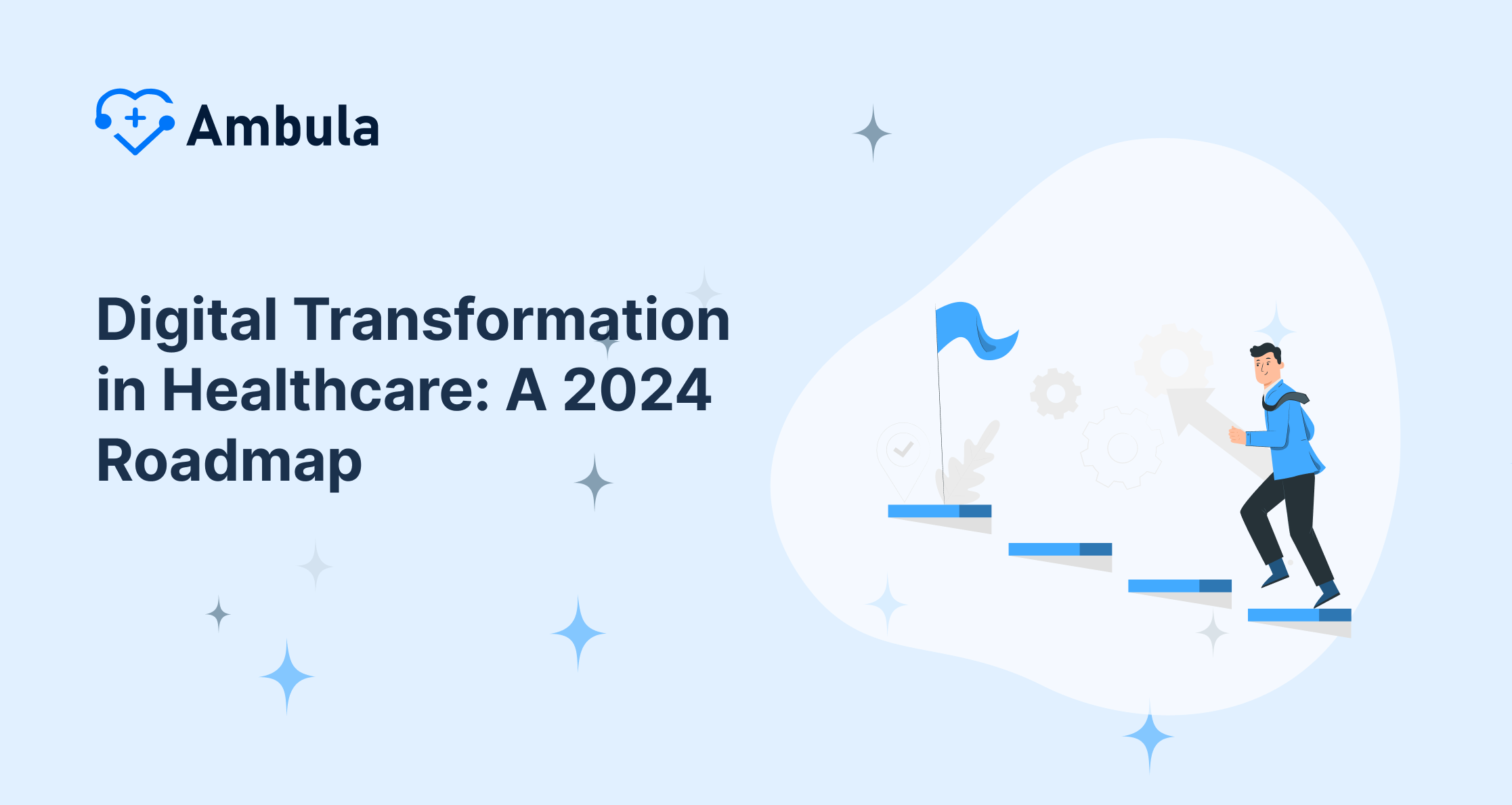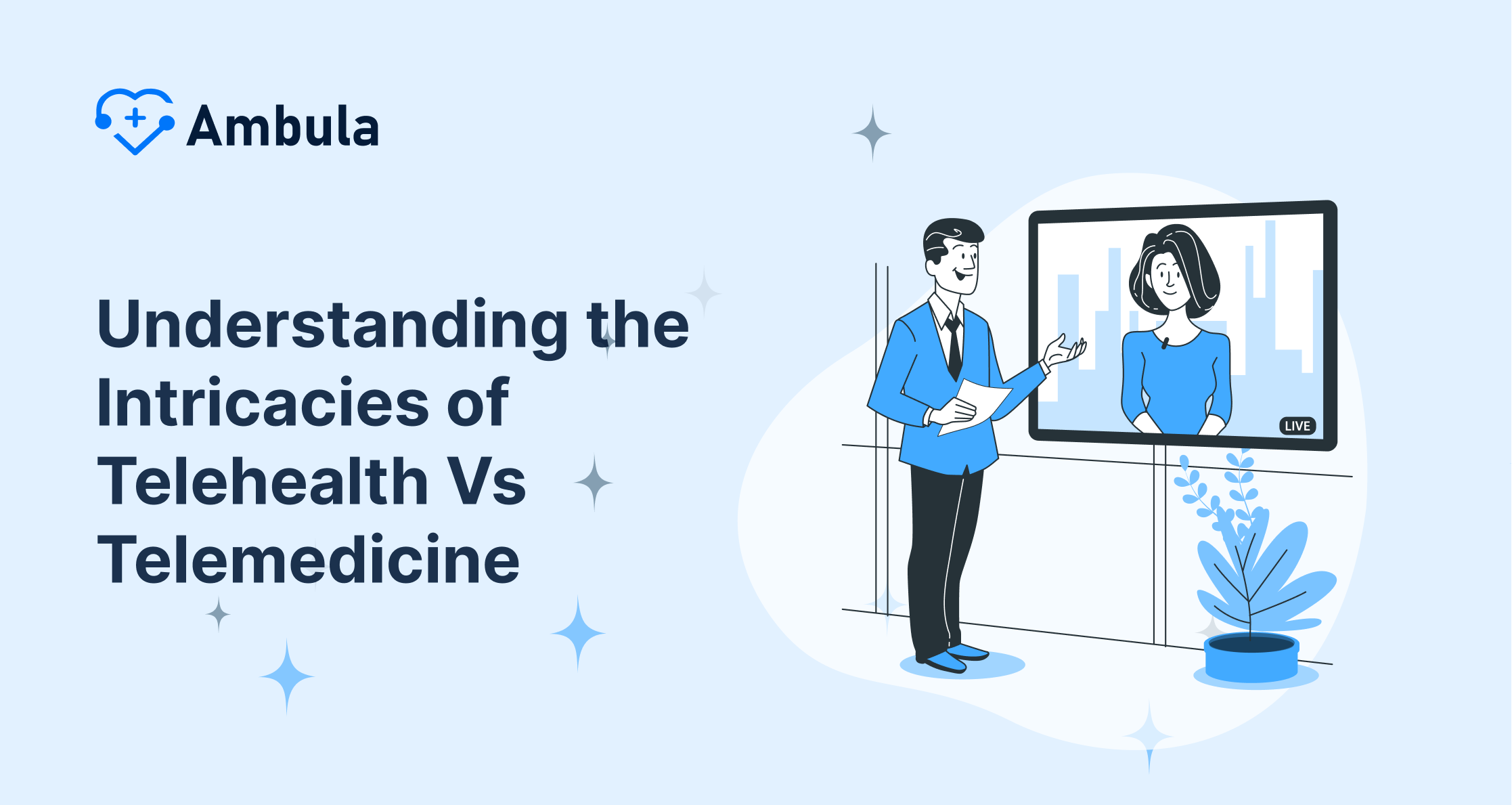
Amidst the rapidly-growing digital landscape, healthcare is undergoing a revolutionary shift shaped by a new technological phenomenon – Remote Patient Monitoring (RPM). Its innovative approach invokes a significant transformation in healthcare delivery, bolstering patient autonomy and revitalizing healthcare professional flexibility. Demand for RPM and innovative remote patient monitoring devices provided by remote patient monitoring companies has surged, and their advantages are amassing, indicating the beginning of a new chapter in the healthcare sector.
- What is Remote Patient Monitoring?
- The Proliferation of Remote Patient Monitoring Companies
- Enhancing Patient Outcomes and Productivity
- Healthcare Management through Telemedicine
- Healthcare model with Remote Monitoring
- Advantageous Impact on Resource Allocation
What is Remote Patient Monitoring?
Remote Patient Monitoring, often abbreviated as RPM, translates to a healthcare delivery approach that leverages technology for monitoring health status in non-traditional surroundings. RPM effectively fills the gap between healthcare facilities and patients’ lifestyles, notably enriching the lives of those suffering from chronic illnesses. Worldwide, remote patient monitoring companies provide various remote health monitoring devices and systems to enhance effective data gathering and diagnosis remotely, thereby reducing the need for in-person clinical visits.
These efficient devices provide various health data such as blood pressure, heart rate, blood glucose level, and weight. Access to these crucial health parameters empowers clinicians, ensuring closer, continuous patient health status monitoring. Therefore, remote patient monitoring is revolutionizing the care delivery system, making it possible to monitor and manage patients’ health conditions remotely professionally.
The Proliferation of Remote Patient Monitoring Companies
Technological advancement has triggered rapid growth in remote patient monitoring companies providing innovative healthcare tools. These organizations equip healthcare professionals with advanced systems and devices, enhancing the healthcare model by offering provider flexibility. Moreover, an increasing number of research studies validate the role of RPM, consolidating their positive influence on the healthcare system and escalating telemedicine’s scope.
Remote patient monitoring reimbursement is catching on in several states, testing RPM’s profound impact. Healthcare professionals can now effectively monitor their patients remotely, significantly reducing care delivery costs and enhancing patient revenue.
Enhancing Patient Outcomes and Productivity
The use of RPM systems significantly boosts patient outcomes. With continuous monitoring, healthcare professionals can glean real-time insights into patients’ health status, enabling swift, preemptive care delivery and immediate initiation of treatment programs. Immediate and effective medical intervention can dramatically improve overall health and recovery rates.
At the same time, RPM solutions optimize staff productivity within healthcare facilities. They reduce the need for document duplication, bring about transparency, and let clinicians focus on providing care. Therefore, remote patient monitoring devices can remarkably enhance work performance in healthcare settings across the globe.
Revolutionizing Healthcare Management through Telemedicine
RPM strengthens the pillars of healthcare management, including embedding components like Patient Relationship Management and Healthcare Data Management. RPM aids in productive communication and prompt delivery of vital health information to patients and their physicians. This real-time information exchange shreds data-related barriers, encouraging patients’ active participation in self-care while allowing physicians to make the best-informed decisions about the patient’s treatment course.
Streamlining the Healthcare model with Remote Monitoring
Using remote patient monitoring reimbursement models is particularly beneficial for healthcare organizations aiming to streamline their service provision, reduce care delivery costs and increase patient revenue. Research studies have shown that this perspective of cost-efficiency drives many healthcare facilities to adopt RPM technology. The reimbursement models in many states also indicate the growing recognition of the value RPM generates for overall healthcare provision.
Furthermore, RPM supports clinicians in their practice by reducing the need for document duplication, ensuring transparency, and enabling provider flexibility. This aspect is particularly valuable in the current environment where communication and productivity are key to healthcare excellence.
Enhancing Patient Experience and Self-Management
Patient experience is significantly improved through remote health monitoring. Especially for people with chronic illnesses, RPM enables greater comfort and control over their healthcare journey. It postures a higher degree of self-management, crucial in successfully managing chronic health conditions.
Moreover, RPM helps in illness prevention as monitoring can identify changes in patient health status early. Intervention at this point can often prevent a minor health issue from becoming a significant problem.
Advantageous Impact on Resource Allocation
A direct benefit of implementing a remote patient monitoring system is the innovative strategy for resource allocation it provides. Workflow optimization and improved staff productivity in healthcare facilities result from clinicians and primary care providers spending less time on routine check-ups, aiding other urgent medical needs.
Furthermore, the untapped efficiency can increase patient revenue. Instances of undetected conditions that may lead to severe complications can decrease significantly, thus dramatically reducing patient treatment costs. Conversely, healthcare organizations can anticipate an increase in nationwide productivity, reaffirming the promising upside of RPM.
Lastly, remote health monitoring lessens the call for unnecessary hospital readmissions and ER visits, which are often quite expensive for healthcare providers and patients. The preventive aspect of RPM plays a significant role in minimizing hospital expenses and is crucial in reframing how resources are allocated.
Enhancing Chronic Illness Management and Care Accessibility
Particularly for patients with chronic illnesses, RPM presents an opportunity to receive continuous, quality healthcare without frequent facility visits. Remote patient monitoring devices make it possible to track patients’ conditions closely, allowing primary care providers to tailor treatment programs based on real-time data.
Moreover, RPM grants patients a degree of self-management, enabling them to participate actively in taking control of their health. As for physicians, it offers provider flexibility, creating ample room for them to provide efficient, dedicated patient care despite geographical barriers.
The application of RPM extends to serve patients residing in remote areas, where access to healthcare services can be challenging. By increasing care accessibility via RPM, healthcare professionals can assure their patients of dedicated monitoring and quick response in case of an emergency, regardless of the patient’s location.
Revolutionizing Healthcare through Telemedicine and Productivity Enhancement
Integrating RPM into the healthcare model facilitates the shift towards a more proactive, preventive, and patient-centered healthcare model. The efficient data gathering with RPM supports healthcare data management and gives physicians a constant flow of accurate patient data to guide their medical decisions.
Moreover, with the advantages of telemedicine, clinicians have improved work performance in healthcare thanks to the ability to monitor the health status of more patients simultaneously. This increased productivity has a direct, positive impact on patient outcomes and advances the evolution of the healthcare system.
Finally, RPM tools bolster transparency in the patient-healthcare provider relationship, instilling a strong sense of trust. Patients better understand their health status, resulting in more effective communication and improved patient relationship management.
All these benefits position RPM as a critical feature in the exponential growth and transformation of healthcare facilities worldwide.
The final thought
The advent of Remote Patient Monitoring heralds a promising new age in healthcare, characterized by remote health monitoring, improved resource allocation, enhanced chronic illness management, and expanded care accessibility. The introduction of telemedicine and the rise in healthcare professionals’ productivity impact patient outcomes positively and gloriously revolutionizing the healthcare model.
Fueled by the growing role of technology in our lives, RPM speaks volumes about the digital future of healthcare. This sophisticated technology advancement ensures the merging of efficiency and patient-centric healthcare, breaking down geographical barriers, augmenting preventive care, and propelling the evolution of the modern healthcare system. Aimed at a healthier future, the adoption and development of RPM represents an exciting and optimistic step forward for individuals, healthcare professionals, and all stakeholders involved.




